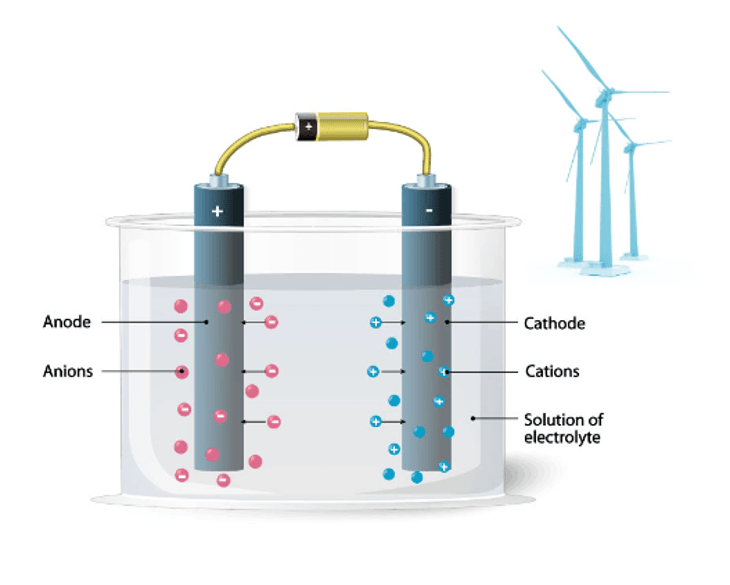Latest World Platinum Investment Council (WPIC) data identifies a strong link between platinum and the hydrogen economy.
Trevor Raymond, CEO of the WPIC, said, “While hydrogen-related platinum demand is relatively small, it is expected to grow substantially in the medium term; as hydrogen demand becomes meaningful platinum could become a proxy for investors looking for exposure to hydrogen.
“An emergent new end source of demand for a commodity is a relatively rare occurrence and somewhat unique to platinum at this point in time, which only strengthens the investment case for platinum, particularly in a deficit market.”
A platinum deficit of 556 koz is forecast in 2023, as strong demand growth outstrips constrained supply.
... to continue reading you must be subscribed





